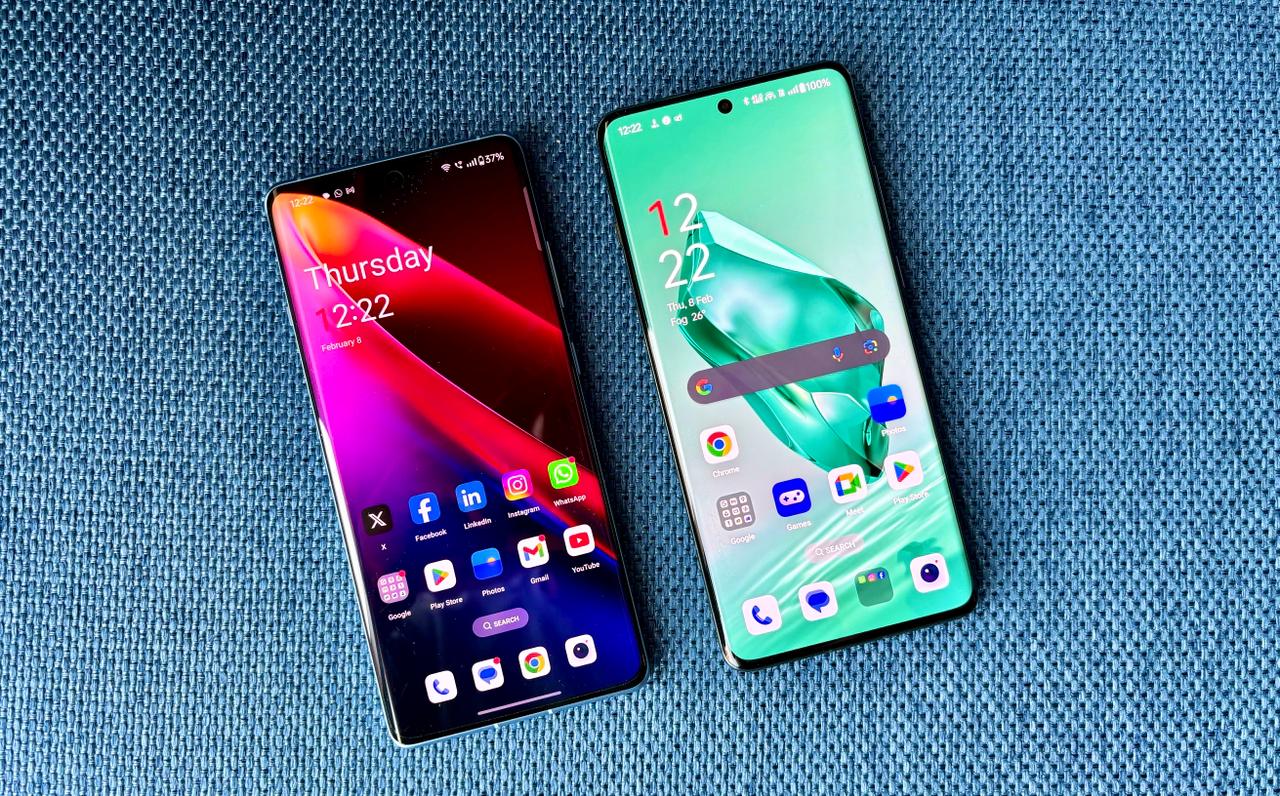A good display is essential for any product, whether a smartphone, TV, or gadget. There are various display technologies available, ranging from CRT to QLEDs, but one of the most advanced is AMOLED. AMOLED stands for Active-Matrix Organic Light-Emitting Diode, and it has become increasingly popular in various industries due to its numerous advantages over traditional LCD (Liquid Crystal Display) screens.
AMOLED displays are a type of technology that allows each pixel to be lit up individually, providing vibrant colours, high contrast ratios, and energy efficiency. With its versatility, this technology has transformed how we interact with digital content. It’s used in a range of devices, including smartphones, TVs, wearables, automotive displays, and more.
The key benefit of AMOLED displays is their ability to produce deep, true blacks by turning off individual pixels when displaying dark scenes or images. This is in contrast to LCD screens, where a backlight is always present, resulting in less distinct blacks and lower contrast ratios. The ability to achieve deeper blacks enhances the overall image quality and provides a more immersive viewing experience, making AMOLED displays particularly well-suited for multimedia consumption and gaming.
Furthermore, AMOLED technology enables manufacturers to create thinner, more flexible displays than traditional LCD panels. This flexibility has opened up new possibilities for product design, allowing curved and foldable displays to seamlessly integrate into various form factors. AMOLED displays are primarily used in the smartphone industry due to their combination of superior image quality, energy efficiency, and design flexibility. Many flagship smartphones from leading manufacturers feature AMOLED screens, offering users an immersive visual experience with vibrant colours and deep blacks.
Beyond smartphones, AMOLED displays are also making a significant in the automotive industry. Modern vehicles are equipped with smart infotainment systems and digital instrument clusters, which require high-resolution displays with excellent visibility under varying lighting conditions. AMOLED displays meet these requirements by offering crisp image quality, wide viewing angles, and high brightness levels, enhancing the overall user experience inside the vehicle.
Moreover, due to their compact size, low power consumption, and vibrant visuals, AMOLED displays have also gained popularity in wearable devices such as smartwatches and fitness trackers. These displays provide users with clear and easily readable information in a small form factor, making them ideal for wearable devices.
AMOLED technology has emerged as a leading display technology across various industries, offering unparalleled image quality, energy efficiency, and design flexibility. As advancements in manufacturing processes and materials continue to improve, we can expect to see even more widespread adoption of AMOLED technology in the years to come.
